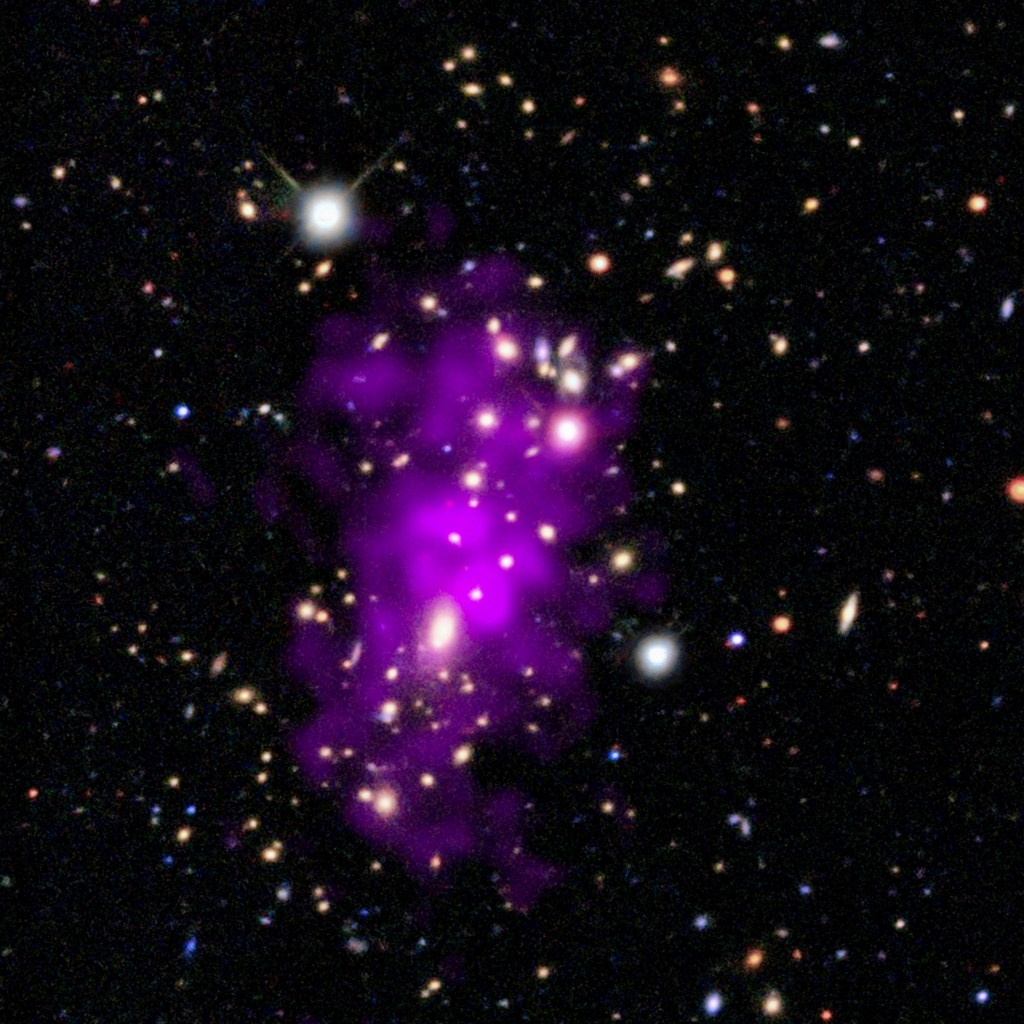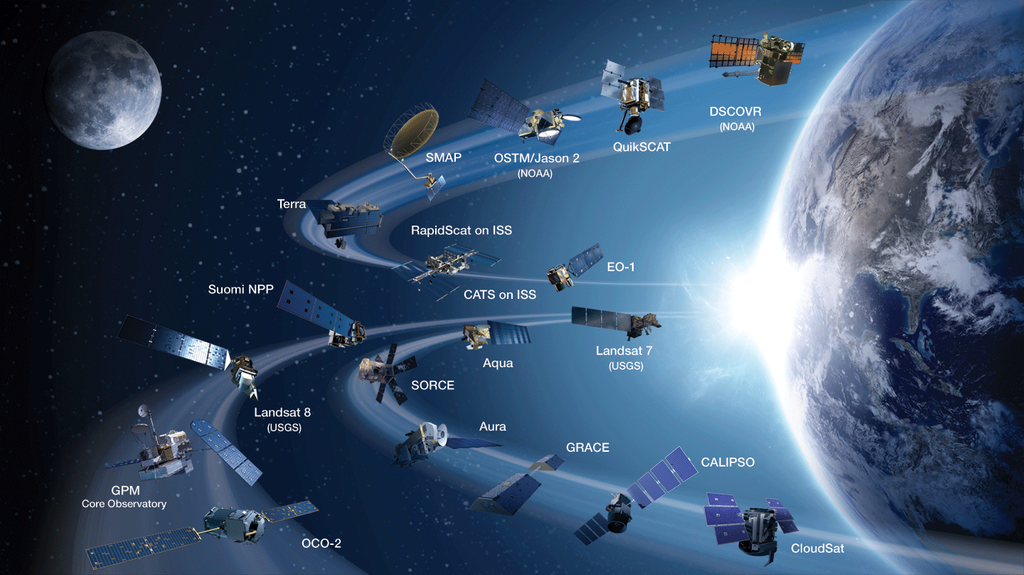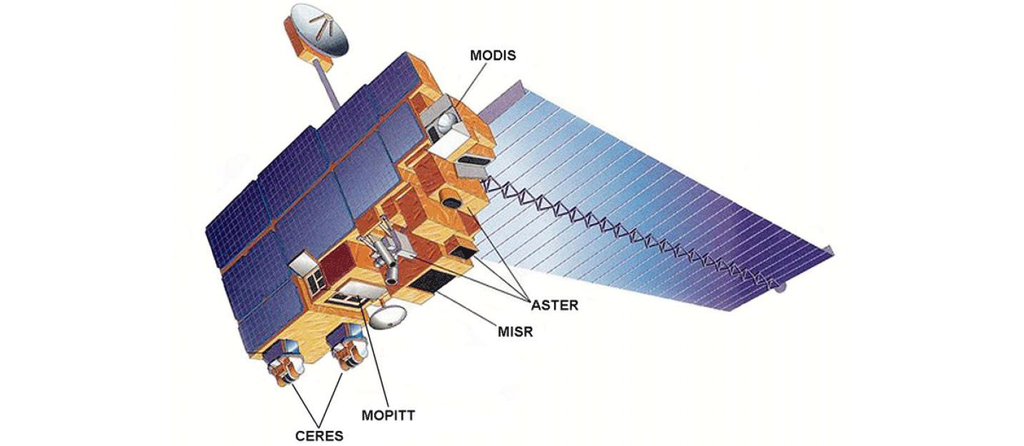1 min read
Crab Nebula

The Great Observatories' Multiwavelength View of the Crab Nebula
This new multiwavelength image of the Crab Nebula combines X-ray light from the Chandra X-ray Observatory (in blue) with visible light from the Hubble Space Telescope (in yellow) and infrared light seen by the Spitzer Space Telescope (in red). This particular combination of light from across the electromagnetic spectrum highlights the nested structure of the pulsar wind nebula.
The X-rays reveal the beating heart of the Crab, the neutron-star remnant from the supernova explosion seen almost a thousand years ago. This neutron star is the super-dense collapsed core of an exploded star and is now a pulsar that rotates at a blistering rate of 30 times per second. A disk of X-ray-emitting material, spewing jets of high-energy particles perpendicular to the disk, surrounds the pulsar. The infrared light in this image shows synchrotron radiation, formed from streams of charged particles spiraling around the pulsar's strong magnetic fields.
The visible light is emission from oxygen that has been heated by higher-energy (ultraviolet and X-ray) synchrotron radiation. The delicate tendrils seen in visible light form what astronomers call a "cage" around the rich tapestry of synchrotron radiation, which in turn encompasses the energetic fury of the X-ray disk and jets. These multiwavelength interconnected structures illustrate that the pulsar is the main energy source for the emission seen by all three telescopes. The Crab Nebula resides 6,500 light-years from Earth in the constellation Taurus.
About the Object
- R.A. PositionR.A. PositionRight ascension – analogous to longitude – is one component of an object's position.05:34:31.94
- Dec. PositionDec. PositionDeclination – analogous to latitude – is one component of an object's position.+22:00:52.2
- ConstellationConstellationOne of 88 recognized regions of the celestial sphere in which the object appears.Taurus
- DistanceDistanceThe physical distance from Earth to the astronomical object. Distances within our solar system are usually measured in Astronomical Units (AU). Distances between stars are usually measured in light-years. Interstellar distances can also be measured in parsecs.6,500 light-years
- DimensionsDimensionsThe physical size of the object or the apparent angle it subtends on the sky.Image is 7 arcmin across (about 13 light-years)
- Object NameObject NameA name or catalog number that astronomers use to identify an astronomical object.Crab Nebula, M1, NGC 1952
- Object DescriptionObject DescriptionThe type of astronomical object.Supernova remnant
- Release DateJanuary 5, 2020
- Science ReleaseNASA’s Great Observatories Help Astronomers Build a 3D Visualization of an Exploded Star
- CreditNASA, ESA, CXC, SSC

Red: Spitzer Space Telescope — Infrared; Yellow: Hubble Space Telescope — Optical; Blue: Chandra X-ray Observatory — X-ray.

Related Images & Videos

Crab Nebula: The Multiwavelength Structure of a Pulsar Wind Nebula
This visualization features a three-dimensional multiwavelength representation of the Crab Nebula, an iconic remnant of a star that was seen exploding in the year 1054 AD. This is a view looking into the heart of the nebula, home to its rapidly spinning crushed stellar core,...
Share
Details
Claire Andreoli
NASA’s Goddard Space Flight Center
Greenbelt, Maryland
claire.andreoli@nasa.gov


































